The Solenodon: A Comprehensive Overview
The solenodon, a fascinating and rare mammal, holds the distinction of being among the few venomous mammals in the world. Two species exist today: the Hispaniolan solenodon (Solenodon paradoxus) and the Cuban solenodon (Atopogale cubana). These nocturnal creatures, often compared in appearance to large shrews or rats, possess a suite of unique characteristics that make them a captivating subject of study for biologists and conservationists alike.
Solenodons are considered “living fossils” due to their ancient lineage, having remained relatively unchanged for millions of years. They belong to the family Solenodontidae, a group of mammals that diverged from other lineages very early in mammalian evolution. Their primitive features, such as the presence of venomous saliva, provide a glimpse into the evolutionary history of mammals. Found exclusively on the Caribbean islands of Cuba and Hispaniola, solenodons are highly specialized for their island habitats.
Unfortunately, both solenodon species face significant threats to their survival. Habitat loss due to deforestation, agriculture, and human development has severely impacted their populations. Additionally, introduced predators such as cats, dogs, and mongooses pose a serious danger to these small mammals. Consequently, both the Hispaniolan solenodon and the Cuban solenodon are classified as Endangered by the International Union for Conservation of Nature (IUCN), signifying their high risk of extinction in the wild.
Understanding the unique adaptations, ecological role, and conservation challenges faced by solenodons is crucial for ensuring their survival. Through research, conservation efforts, and public awareness, we can strive to protect these fascinating creatures and preserve a piece of our planet’s evolutionary heritage.
Physical Characteristics and Adaptations
Solenodons are relatively small mammals, with adults typically measuring between 28 to 32 cm in length, excluding their tails, and weighing approximately 1 kg. They possess a distinctive, shrew-like appearance with a long, pointed snout, small eyes, and a thick coat of fur. Their fur, typically a reddish-brown to black color, provides insulation and camouflage in their densely vegetated habitats.
One of the most remarkable features of solenodons is their long, flexible snout. This highly sensitive appendage is richly innervated and covered in vibrissae (whiskers), allowing them to navigate their environment, locate prey, and explore crevices and burrows with exceptional precision. Their sense of smell is highly developed, further aiding in foraging and predator avoidance.
While many physical characteristics point to their primitive origins, solenodons possess several unique adaptations. Their limbs are short and powerful, armed with strong claws that enable them to dig burrows and unearth invertebrates from the soil. In addition to their digging prowess, solenodons are surprisingly agile climbers, capable of scaling trees and vegetation in search of food or shelter.
Perhaps their most extraordinary adaptation, and the feature that sets them apart from most mammals, is the presence of venomous saliva. Solenodons are among the few venomous mammals, possessing modified salivary glands that produce a potent toxin. This venom, delivered through grooves in their lower incisors, is used to subdue prey and deter potential threats.
These physical characteristics, honed over millions of years of evolution, make solenodons remarkably well-suited to their ecological niche. Their unique blend of primitive features and specialized adaptations has allowed them to thrive in their island habitats, despite the challenges they face. However, these adaptations, so finely tuned to their natural environment, make them particularly vulnerable to habitat changes and the introduction of invasive species.
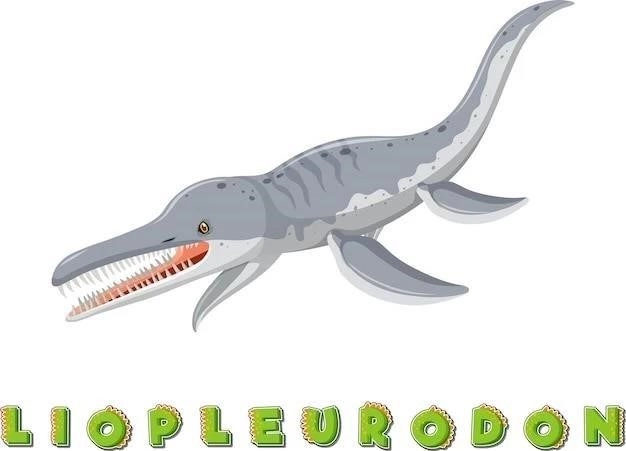
Habitat and Distribution

The two extant species of solenodon, the Hispaniolan solenodon (Solenodon paradoxus) and the Cuban solenodon (Atopogale cubana), are endemic to the Caribbean, each restricted to a single island. This limited distribution highlights their vulnerability to environmental changes and underscores the importance of targeted conservation efforts.
The Hispaniolan solenodon, as its name suggests, is found exclusively on the island of Hispaniola, which is shared by the Dominican Republic and Haiti. Within this island, they inhabit a variety of habitats, including lowland and montane forests, often preferring areas with dense undergrowth and ample leaf litter. While they demonstrate some adaptability to disturbed habitats, they are primarily associated with undisturbed or minimally impacted areas.
The Cuban solenodon, on the other hand, is confined to the eastern region of Cuba. This species, like its Hispaniolan counterpart, displays a preference for forested areas, particularly those characterized by limestone formations and rocky terrain. Montane and sub-montane forests, with their cooler temperatures and higher humidity, appear to be particularly important for the species’ survival.
Both solenodon species are highly adapted to their specific island environments, and their distribution reflects the availability of suitable habitat within these limited geographic ranges. The presence of dense vegetation provides cover from predators and supports the invertebrate prey upon which they rely. However, the fragmentation and degradation of these habitats, driven by human activities, pose a significant threat to the long-term survival of both species.
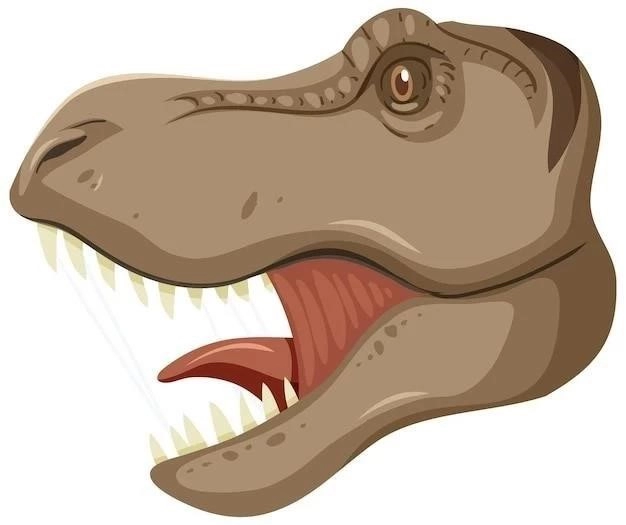
The restricted distribution and habitat specificity of solenodons underscore the urgency of conservation efforts aimed at protecting these unique and evolutionarily significant mammals. Addressing habitat loss and mitigating the impact of introduced predators are critical steps in ensuring the persistence of solenodons in their island homes.
Diet and Foraging Behavior
Solenodons are primarily insectivorous, meaning their diet consists mainly of insects and other invertebrates. This dietary preference reflects their evolutionary history and their ecological role within their island ecosystems. They are opportunistic feeders, consuming a wide variety of prey items encountered during their nightly foraging excursions.
Their strong sense of smell and sensitive snouts play a crucial role in locating food. They use their long, flexible snouts to probe through leaf litter, soil, and crevices, sniffing out concealed prey. Once detected, prey is extracted with the aid of their sharp claws and quickly dispatched with their venomous saliva.
While insects make up the bulk of their diet, solenodons are known to consume a range of other invertebrates, including earthworms, centipedes, millipedes, and spiders. This dietary flexibility allows them to exploit a variety of food resources, particularly during periods of insect scarcity.
Solenodons are predominantly terrestrial, meaning they primarily forage on the ground. Their powerful limbs and sharp claws allow them to dig into the soil and overturn rocks and logs in search of prey. However, their agility also enables them to climb trees and vegetation, expanding their foraging opportunities to include arboreal invertebrates and even small vertebrates, such as lizards and frogs, on occasion.
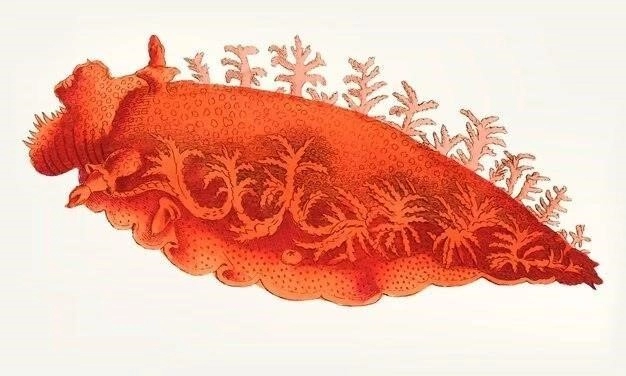
The foraging behavior of solenodons is largely driven by their acute sense of smell and their opportunistic nature. They are active hunters, constantly on the move as they explore their surroundings for food. Their nocturnal habits help them avoid diurnal predators and exploit the abundance of invertebrates that emerge during the cooler nighttime hours.
Venom and Its Significance
Among the solenodon’s most fascinating and unique characteristics is its venomous nature. Solenodons are among a select group of mammals capable of producing venom, a trait far more common in invertebrates and reptiles. Their venom, primarily used to subdue prey and deter potential threats, is a testament to their ancient lineage and evolutionary divergence from other mammals.
The venom apparatus of solenodons consists of modified salivary glands located in their lower jaw. These glands produce a toxic saliva that is delivered through grooves in their second lower incisors. When a solenodon bites its prey, venom is injected into the wound, rapidly subduing the victim. While not considered lethal to humans, solenodon venom can cause localized pain, swelling, and discomfort.
The exact composition of solenodon venom remains an area of ongoing research. However, preliminary studies indicate the presence of various toxins, including enzymes and neurotoxins, that work in concert to incapacitate prey. These toxins likely disrupt nervous system function and cause paralysis, allowing solenodons to effectively overpower prey larger than themselves.
The significance of solenodon venom extends beyond its role in foraging. It likely serves as a valuable defense mechanism against predators, discouraging attacks from snakes, birds of prey, and other potential threats. The presence of venom in these small mammals highlights their vulnerability in their island environments and the evolutionary pressures that have shaped their survival strategies.
Further research on solenodon venom holds great promise for both biological and medical fields. Understanding the composition and mechanisms of action of these unique toxins could lead to the development of novel painkillers, treatments for neurological disorders, and other potential medical applications.
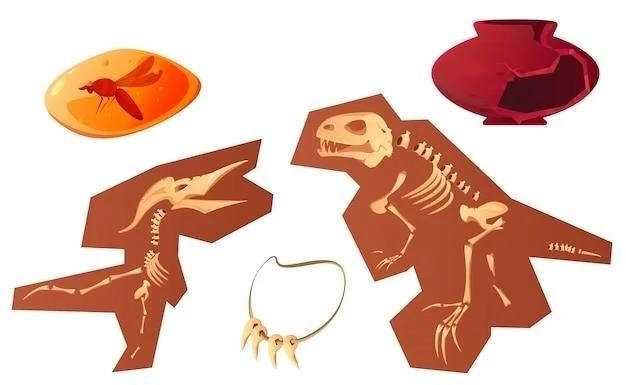
Reproduction and Life Cycle
Solenodons exhibit a relatively slow reproductive rate, a characteristic common to many long-lived mammals. While this strategy allows for greater parental investment and increased offspring survival, it also makes them more vulnerable to population declines caused by habitat loss or predation.
Breeding in solenodons can occur throughout the year, although it may be influenced by environmental factors such as food availability. Following a gestation period of several months, female solenodons typically give birth to a small litter of one to three altricial young. These offspring are born blind, hairless, and entirely dependent on maternal care.

The mother solenodon nurses and cares for her offspring in a nesting chamber within her burrow. These burrows provide essential protection from predators and shelter from the elements. As the young solenodons grow, they begin to explore their surroundings and gradually transition to a diet of solid food. However, they remain dependent on their mother’s milk for an extended period, typically several months.
The rate of development in solenodons is relatively slow, reflecting their long lifespan and low reproductive output. Young solenodons may remain with their mother for up to a year, learning essential survival skills such as foraging and predator avoidance. This extended period of parental care contributes to the overall fitness of offspring but also makes solenodons particularly vulnerable to the impacts of habitat loss and introduced predators.
The challenges facing solenodon populations underscore the need for comprehensive conservation strategies that encompass not only habitat protection but also efforts to mitigate the threats posed by introduced predators and promote the long-term survival of these unique and fascinating creatures.
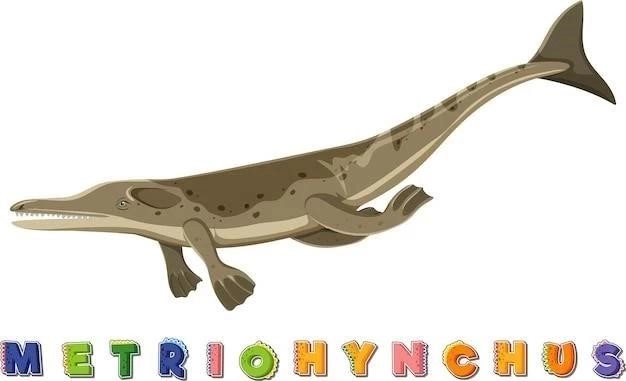
Conservation Status and Threats
Both the Hispaniolan solenodon (Solenodon paradoxus) and the Cuban solenodon (Atopogale cubana) are classified as Endangered on the IUCN Red List. These enigmatic creatures face a growing number of threats, primarily stemming from human activities impacting their limited island habitats.
Habitat Loss and Degradation
Habitat loss and degradation stand as the most pressing threats to both the Hispaniolan solenodon and the Cuban solenodon. These unique mammals are highly specialized for life in undisturbed or minimally impacted forested environments, making them particularly vulnerable to changes in their natural surroundings.
Deforestation, driven by agricultural expansion, logging, and the clearing of land for human settlements, has resulted in the widespread fragmentation and loss of suitable habitat for solenodons. As forests are cleared and fragmented, solenodon populations become isolated and confined to smaller, more vulnerable patches of habitat. This fragmentation reduces genetic diversity, limits foraging opportunities, and increases their susceptibility to predation.
Furthermore, the degradation of remaining forest habitats through unsustainable logging practices, livestock grazing, and the introduction of invasive plant species further diminishes the suitability of these areas for solenodons. These activities can alter plant community composition, reduce the availability of shelter and nesting sites, and disrupt the delicate balance of the ecosystem upon which solenodons depend.
The impacts of habitat loss and degradation are particularly pronounced in regions experiencing rapid human population growth and development. As the demand for land and resources increases, the pressure on remaining solenodon habitats intensifies. Addressing these challenges requires a multifaceted approach that includes promoting sustainable land management practices, establishing protected areas, and raising awareness among local communities about the importance of solenodon conservation.
Protecting and restoring the remaining forest habitats of solenodons is crucial for their long-term survival. This includes not only preserving large, contiguous blocks of forest but also creating corridors that connect fragmented habitats, allowing for gene flow and dispersal among isolated populations.
Introduced Predators
The introduction of non-native predators has had a devastating impact on many island ecosystems, and solenodons are no exception. Having evolved in the absence of these predators, solenodons are ill-equipped to cope with the threats they pose, making them highly susceptible to predation. This adds another layer of complexity to their conservation, highlighting the interconnectedness of ecological relationships and the unintended consequences of human activities.
Domestic cats, dogs, and mongooses, introduced to the Caribbean islands through human colonization and trade, have become significant threats to solenodon populations. These predators are highly adaptable, opportunistic, and often thrive in human-modified landscapes, putting them in direct competition with native species for resources and space.
Cats, both feral and domestic, are particularly adept hunters, capable of preying on solenodons both above and below ground. Dogs, especially those allowed to roam freely, can pose a significant threat, particularly to young and vulnerable solenodons. Mongooses, originally introduced to control rodent populations, have also added to the predation pressure on solenodons and other native wildlife.
The impact of introduced predators on solenodon populations is compounded by the fact that these predators often lack natural predators themselves in their introduced ranges. This can lead to unchecked population growth and increased pressure on native prey species. Managing and mitigating the impacts of introduced predators is crucial for solenodon conservation. This can include efforts to control feral cat and dog populations, promote responsible pet ownership, and implement measures to reduce the impacts of mongooses on native wildlife.
Conservation Efforts and Strategies
Conserving solenodons, these evolutionary marvels teetering on the brink, requires a multifaceted and collaborative approach, integrating research, habitat protection, predator management, and community engagement. The goal is not merely to prevent their extinction but to ensure their long-term survival and the preservation of the unique ecological roles they play.
Protecting and restoring solenodon habitats stand as a cornerstone of conservation efforts. Establishing and managing protected areas within their range, particularly in regions with high solenodon densities and those facing immediate threats, is essential. These protected areas act as refuges, allowing populations to recover and thrive free from human-induced pressures.
Addressing the threat posed by introduced predators is equally critical. Implementing effective control programs for feral cats, dogs, and mongooses within and around solenodon habitats is essential for reducing predation pressure. This can involve a combination of trapping, neutering, and, in some cases, humane euthanasia. Alongside control, promoting responsible pet ownership within solenodon range countries is vital to prevent further releases and the establishment of new feral populations.
Research plays a crucial role in informing conservation strategies. Conducting comprehensive population surveys and monitoring programs helps scientists understand solenodon distribution, abundance, and population trends. This information is crucial for identifying priority areas for conservation, assessing the effectiveness of conservation interventions, and guiding future management decisions.
Engaging local communities in conservation efforts is paramount. Raising awareness among local people about the importance of solenodons, the threats they face, and the role communities can play in their conservation is essential for building support and fostering a sense of stewardship for these unique animals.










